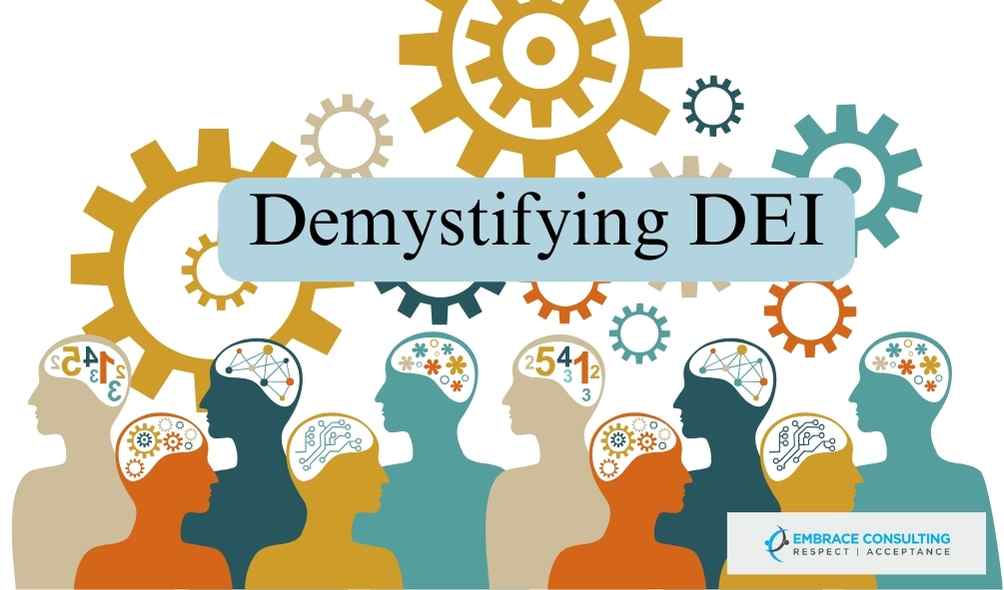A difficult conversation in the office is one in which one must delicately handle information and emotions in order to address a professional issue. A tough conversation may entail subjects that one doesn’t want to discuss, situations in which one is unsure of what to say, opposing viewpoints, uncertain outcomes, and conversations that make one feel uncomfortable.
It is common for leaders to occasionally need to have uncomfortable conversations; this is expected. For instance, one can find it challenging to talk about poor employee performance or behavior, complaints, and grievances, deliver bad news, such as terminating employment or informing job applicants who were unsuccessful, resolve disagreements, and communicate difficult business decisions. One will probably also need to have a difficult conversation with their superiors and coworkers as an employee. For instance, one could find it challenging to discuss: Inappropriate behavior; Complaints, and grievances; express to someone your feeling of exclusion and stigma, and resolve disputes.
Why are difficult conversations important?
Conversations that are challenging are normal in life. Dealing with a difficult circumstance directly is the best course of action. Leaders must have sincere dialogues. If managed properly, these discussions give one the chance to:
- Swiftly and effectively address workplace problems.
- Increase employee performance and engagement; and
- Enhance connections within your team.
Many people avoid having hard talks at work because it makes them feel uneasy. Despite being a crucial aspect of their job, these interactions can be intimidating even for seasoned leaders. We frequently come up with justifications to avoid having unpleasant conversations, such as “I don’t want to offend anyone” or “What’s the point, there’s never a good outcome.”
The majority of workplace issues won’t go away on their own. In fact, avoiding the conversation may:
- Prolong or exacerbate the issue;
- Give the impression that there is no issue and deny the employee a chance to improve;
- Harm the business’ productivity and efficiency;
- Reduce staff engagement.
- Lower staff confidence in your management skills;
- Results in lower morale among team members; and
- Increase absenteeism and employee turnover.
The ability to recognise and handle issues at work early on, before they worsen, is a critical skill for leaders to possess.
When do we have difficult conversations:
Determine whether a dialogue is necessary when an issue emerges. It may not always be necessary. For instance, one might not want to call attention to a minor or transient issue. Next, consider whether the individual one wants to speak to is the best candidate to start the conversation. It could be better to involve a senior manager or human resources representative, for instance. The sooner one starts to worry about the situation or sees the first indications of conflict, the easier it will be to have the conversation if one does need to. People and productivity may be impacted as a crisis worsens and becomes more difficult to manage and resolve. Here are some tips for you to handle difficult conversations at work.
Tips to handle difficult conversations at work:
- Don’t wait to have difficult conversations- Make sure you do not delay a difficult conversation and wait for matters to get out of hand to address them. The key is to learn how to handle conversation in a way that produces a better outcome for yourself and less pain for the person you are talking to.
- Change one’s mindset- Jean-Francois Manzoni, professor of human resources and organizational development at INSEAD recommends “framing it in a positive, less binary” manner as an alternative. In this case, you are discussing development rather than providing an unfavourable performance evaluation. Instead of telling your boss “No,” you are presenting an alternative course of action.
- Use a calm approach- Taking regular breaks all through the day to engage in “mindful breathing.” This aids in your ability to “refocus” and “gives you capacity to absorb any blows” that may be dealt to you.
- Plan but don’t script- Before your conversation, making notes and outlining your main points might help you prepare what you want to say. But writing a script is a waste of time. Failure to Communicate author Holly Weeks advises having a “repertoire of possible responses” and being “flexible” in your approach to the dialogue. You should use language that is “simple, clear, direct, and neutral,” she continues.
- Practice having difficult conversations at work- Make sure to have difficult conversations often and frequently at work so that individuals spend less time on wondering whether they have to approach the other person with their issue.
- Acknowledge the counterpart’s perspective- Avoid approaching a challenging topic with a “my way or the highway” mentality. Manzoni continues, “Take time to process the other person’s words and tone,” and “express your interest in understanding how the other person feels.” Once you hear it, seek for areas where your perspective and that of your counterpart overlap.
- Be compassionate- Be thoughtful and kind. You can manage to deliver difficult news in a courageous, honest, and fair way, though it might not always be pleasant.
- Give something back- Offering alternatives shows respect and helps the other person see a way out. You may say, “I have written what I think is a strong recommendation for you; would you like to see it?” if you’re letting go of someone you’ve worked with for a while.
- Reflect and learn- Manzoni asserts that it’s important to “reflect ex post” after a challenging talk and evaluate what worked and what didn’t. Weeks also advises taking note of other people’s successful coping mechanisms and modelling your own strategies after them. She advises, “Learn how to disarm yourself by copying what you see.” It takes fortitude to conduct a challenging conversation well, in addition to skill.
Remember to ask yourself these questions before your next difficult conversation: What would the employee’s perspective be in this circumstance? Without the criticism you’re about to offer, can they actually perform their duties? If you don’t take ownership of the conversation, what kind of leadership legacy are you creating for yourself? Honesty serves as the fuel for strong organizations, and employees can easily reach the fuel stations.












